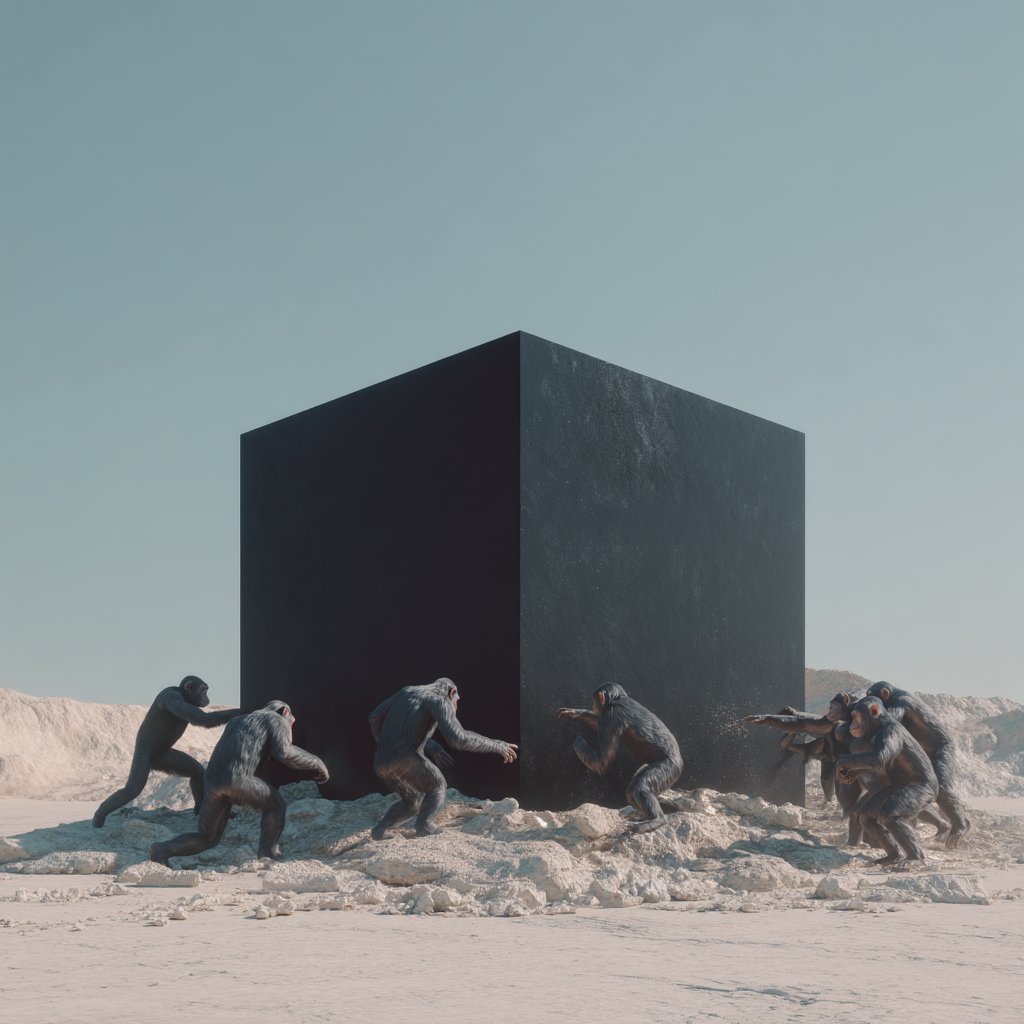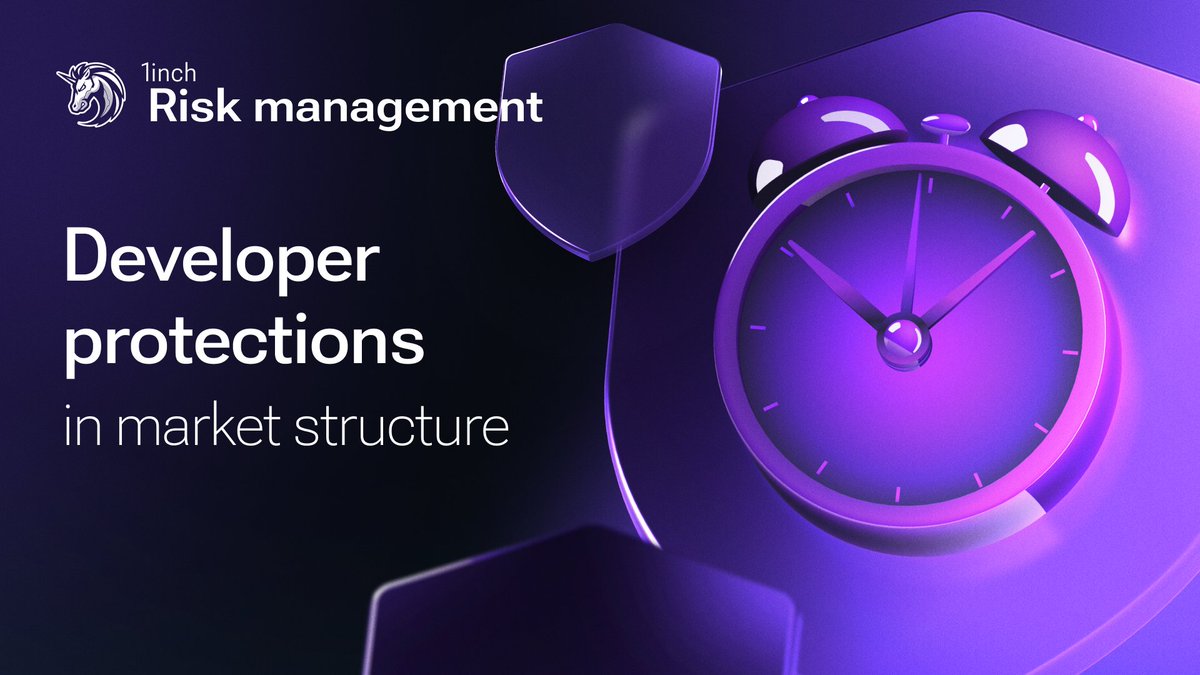1inch price
in TRYCheck your spelling or try another.


About 1inch
1inch’s price performance
1inch on socials
Guides

1inch on OKX TR Learn
1inch FAQ
1inch is a decentralized exchange that scans for the best prices across multiple exchanges, providing users with the lowest trading prices.
The benefits of holding 1INCH include voting rights, participation in the protocol's governance ecosystem, and staking opportunities for earning returns.
Easily buy 1INCH tokens on the OKX TR cryptocurrency platform. Available trading pairs in the OKX TR spot trading terminal include 1INCH/USDT and 1INCH/USDC.
You can also buy 1INCH with over 99 fiat currencies by selecting the "Express buy" option. Other popular crypto tokens, such as Bitcoin (BTC), Ethereum (ETH), Tether (USDT), and USD Coin (USDC), are also available.
You can also swap your existing cryptocurrencies, including XRP (XRP), Cardano (ADA), Solana (SOL), and Chainlink (LINK), for 1INCH with zero fees and no price slippage by using OKX TR Convert.
To view the estimated real-time conversion prices between fiat currencies, such as the USD, EUR, GBP, and others, into 1INCH, visit the OKX TR Crypto Converter Calculator. OKX TR's high-liquidity crypto exchange ensures the best prices for your crypto purchases.
Dive deeper into 1inch
The growth of cryptocurrencies opened up avenues for both centralized and decentralized exchanges. The latter dispels the need for an authority figure. Decentralized exchanges (DEX) only require users to connect to the blockchain to begin trading. 1inch (1INCH) is one such exchange.
What is 1inch
1inch is a decentralized exchange that aims to provide users with the best prices for cryptocurrency trades across multiple blockchains. By aggregating liquidity from various sources, the DEX efficiently splits trades across different exchanges to secure the most favorable prices for users. To do so, 1inch scans various DEXs to identify the best available prices and seamlessly reroutes users' trades to maximize their trading outcomes.
1inch team
1inch was co-founded by Sergej Kunz and Anton Bukov. The team at 1inch includes experts in technology, blockchain, marketing, and sales, among others, who contribute to the development and operations of the platform.
1inch has also received backing from notable investors and venture capital firms, including Binance Labs, Pantera Capital, and other prominent VCs.
How does 1inch work
1inch operates as a decentralized exchange aggregator that constantly monitors other DEXs to find the most competitive cryptocurrency rates for users. By utilizing smart contracts, 1inch efficiently routes customers' trades to the identified DEXs offering the best prices. This approach of searching through various exchanges helps to deepen liquidity and provide users with access to the most favorable prices available in the market.
To further deepen liquidity, 1inch offers users the opportunity to participate in liquidity mining. In return for providing liquidity to the platform, users can earn rewards in the form of additional tokens.
1inch's native token: 1INCH
1inch’s native token, 1INCH, powers the liquidity aggregator, liquidity protocol, and DAO. Beyond being an ERC-20 token, 1INCH serves as a governance token. 1INCH token holders are granted voting rights and can actively participate in shaping the future of the protocol. To do so, they can vote in favor of or against proposed changes and new parameters for the protocol.
1INCH tokenomics
There is a total supply of 1.5 billion 1INCH tokens and a circulating supply of over 413 million tokens. In addition to voting rights, 1INCH holders can earn rewards in the form of airdrops by holding the token.
How to stake 1INCH
1INCH holders can earn rewards when they commit a percentage of their holdings to the protocol. Staking on the 1inch protocol is straightforward. First, launch the 1inch dApp. Hover over the “DAO” tab and click “Staking” from the dropdown menu. Then, enter the amount of 1INCH you would like to stake, set the locking period, and click Give permission to stake. Sign the transaction in your connected wallet to finalize the process. Once completed, you will receive Unicorn Power that you can delegate to resolvers to start receiving rewards.
1INCH use cases
1INCH is more than a utility token; it plays a crucial role in the governance of the protocol, enabling token holders to vote on proposals put forward by the community. Additionally, 1INCH powers the liquidity mining process through staking. By staking their 1INCH tokens, users can contribute to the liquidity of the protocol and earn rewards in return.
Distribution of 1INCH
1INCH is distributed as follows:
- 30 percent is reserved for community incentives.
- 22.5 percent is designated for core contributors.
- 18.5 percent is allocated to the first set of backers.
- 14.5 percent is reserved for the network growth fund.
- 12.2 percent is allocated to the second set of backers.
- 2.3 percent is allocated to small-scale backers.
What does the future hold for 1inch
Touted as the leading DEX aggregator, 1inch provides a liquidity pool, token farming capabilities, and a truly decentralized governance model. These features set the DEX aggregator apart from others. With a dedicated team focused on integrating advanced software and tools to ensure optimal prices, 1inch is poised to maintain its relevance as a leading DEX aggregator.
Disclaimer
OKX TR does not provide investment or asset recommendations. You should carefully consider whether trading or holding digital assets is suitable for you in light of your financial condition. Please consult your legal/tax/investment professional for questions about your specific circumstances. For further details, please refer to our Terms of Use and Risk Warning. By using the third-party website ("TPW"), you accept that any use of the TPW will be subject to and governed by the terms of the TPW. Unless expressly stated in writing, OKX TR and its affiliates (“OKX TR”) are not in any way associated with the owner or operator of the TPW. You agree that OKX TR is not responsible or liable for any loss, damage and any other consequences arising from your use of the TPW. Please be aware that using a TPW may result in a loss or diminution of your assets. Product may not be available in all jurisdictions.







